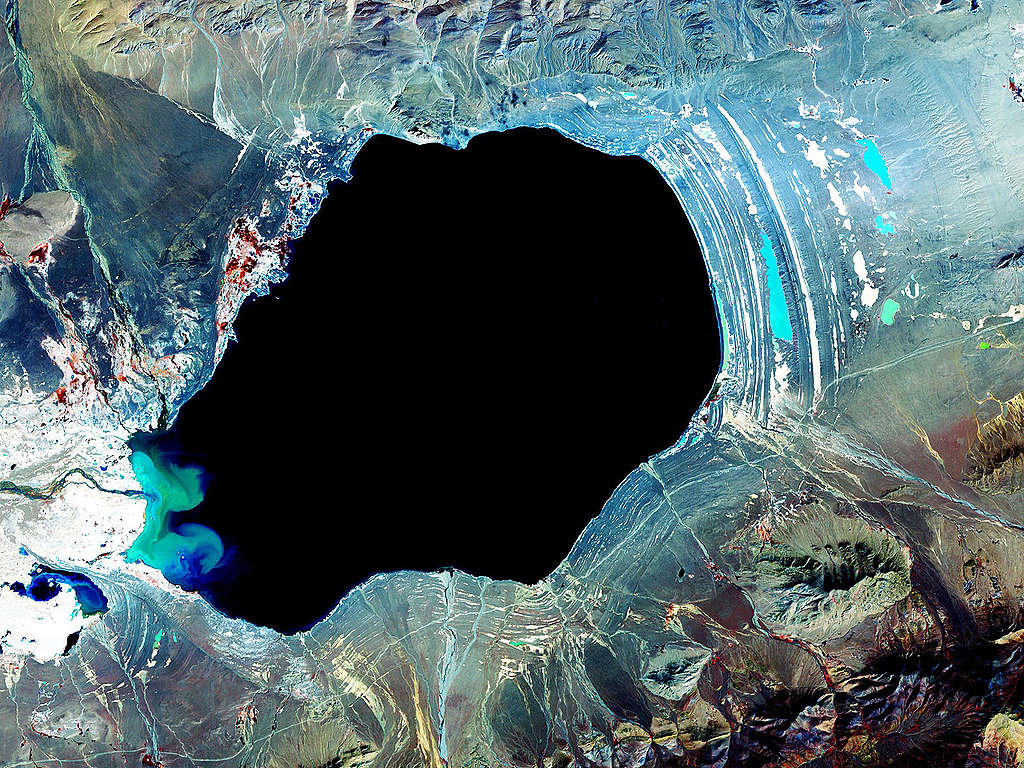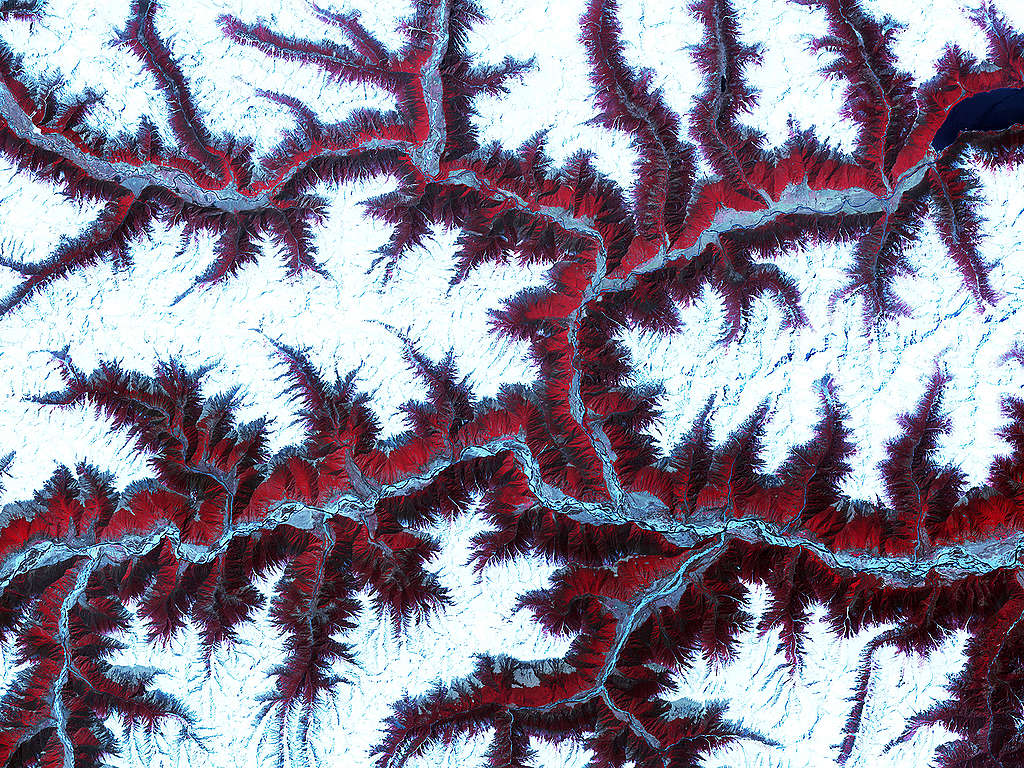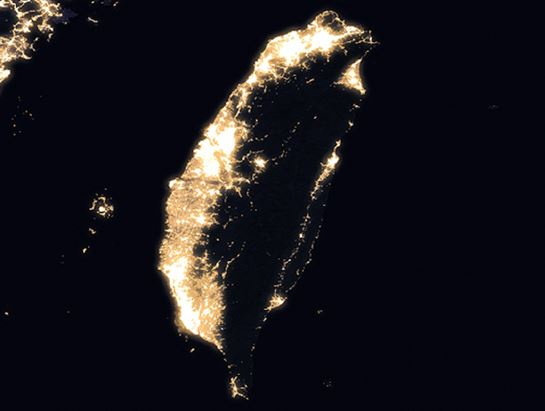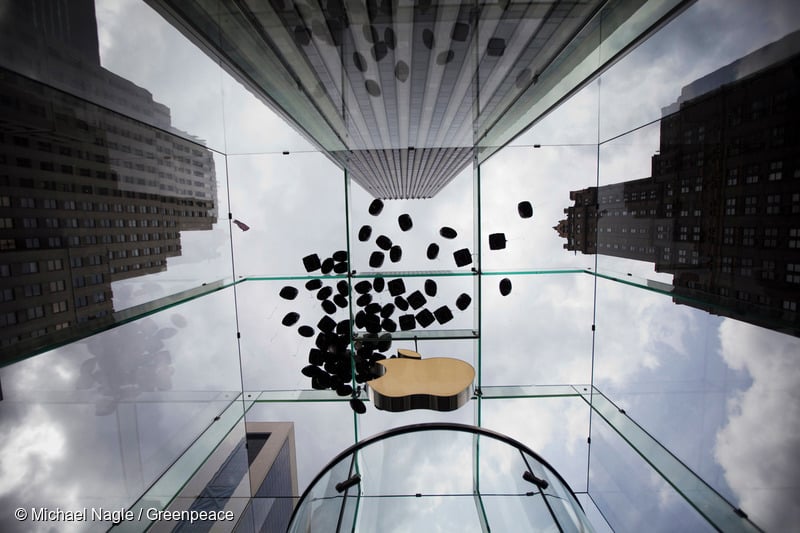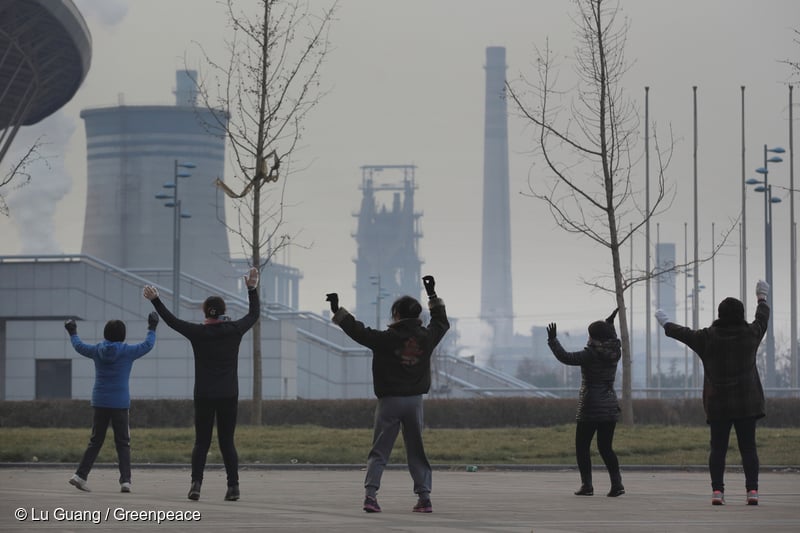The climate crisis has been unrelenting over the past year. To name just a few extreme weather events and disasters, there were rapacious fires in Australia, the Amazon and California; devastating floods in Indonesia (waters even lapping at the presidential palace doors); a deadly cyclone that lashed India and Bangladesh; hundreds dead after extreme rainfalls in Kenya, and a brutal hurricane season in the Atlantic that smashed into Nicaragua and Honduras. It truly was a record-breaking year for climate disasters.
But wait! That’s not the whole story. Satellite images taken from space show that we are living on a most marvelous planet — filled with breath-taking wonders and inspiring nature. It’s time to briefly stop and take a good look at what we have to appreciate how crucial it is that we tackle the climate emergency.
Honestly, in the face of such beauty, how can you not feel hope? How can we not feel hope?
Our remarkable corner of the planet — East Asia
China Mainland
· Dagzê Lake
This satellite image is of Dagzê Lake in Tibet, the shoreline with colours as rich as any royal jewels. In the high altitude and arid terrain of the plateau, lakes are regarded as sacred by locals. Here, the image shows the water black; but travel to Dagzê and it is a gorgeous powder blue at Earth level. In times gone by, the land here was much wetter and lakes were much deeper, but under changes in the climate they have gradually shrunk, fossils crusted around their perimeter telling the tale of much larger bodies of water in former times.
· The Himalayas
Looking like the magnified photograph of a contorted dragon, this is a false-colour image of the Eastern Himalayas in southwest China, showing the crinkled ridges of the mountain ranges and their show-capped tops. The chain runs through Nepal, India, Bhutan, China and northern Myanmar and includes the tallest peak in the world, Everest.
Japan
· Mount Usu
In northern Japan, not far from gentle Lake Toya on Hokkaido island, is Mount Usu, an active stratovolcano — that’s a volcano made up of different composite layers. This image was captured in April 2000, the last time it erupted. On Earth, Mount Usu is a popular tourist attraction, a sprawling forested mountain with several lava domes. Seen here from space, it’s a mysterious otherworldly landscape.
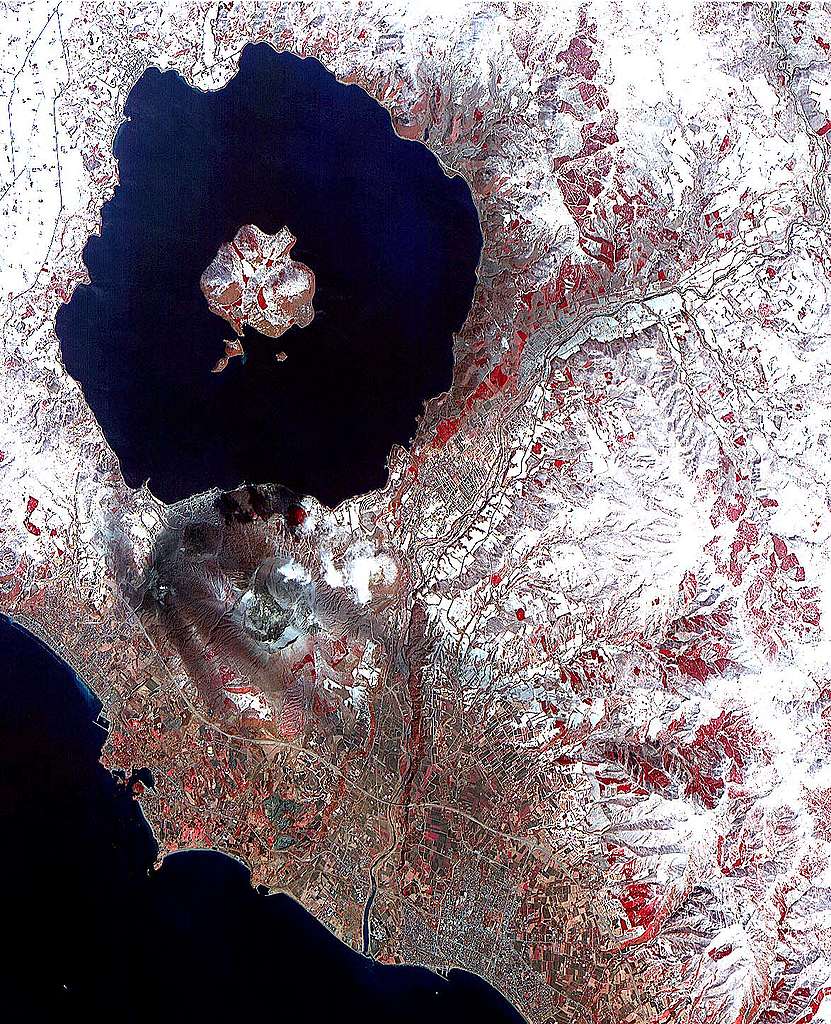
· Mount Fuji
Perhaps the most emblematic natural formation of Japan, Mount Fuji, here seen from space, is missing its usual thick blanket cover of snow. Eastern Japan has escaped the onslaught of record snowstorms that hit western Japan (see photo above), The climate emergency is causing a complex transformation in our weather systems over and beyond simple warming of the planet. The frequency, intensity and duration of abnormal weather are all increasing, causing havoc to human life and nature alike.

South Korea
· Jeju Island
The oval-shaped Jeju Island, also known as the Island of Gods, is the largest island in South Korea, formed by the eruption of an underwater volcano approximately 2 million years ago.
The island’s dominant feature is Halla Mountain, a volcano whose last recorded eruption occurred in the year 1007. Halla Mountain is a shield volcano with a low, broad profile resembling an ancient warrior shield. Halla Mountain is the highest peak in South Korea, and the volcano’s crater holds a natural lake and numerous waterfalls. The rarity of these features combined with their instructiveness about volcanic processes has earned the site its World Heritage status.
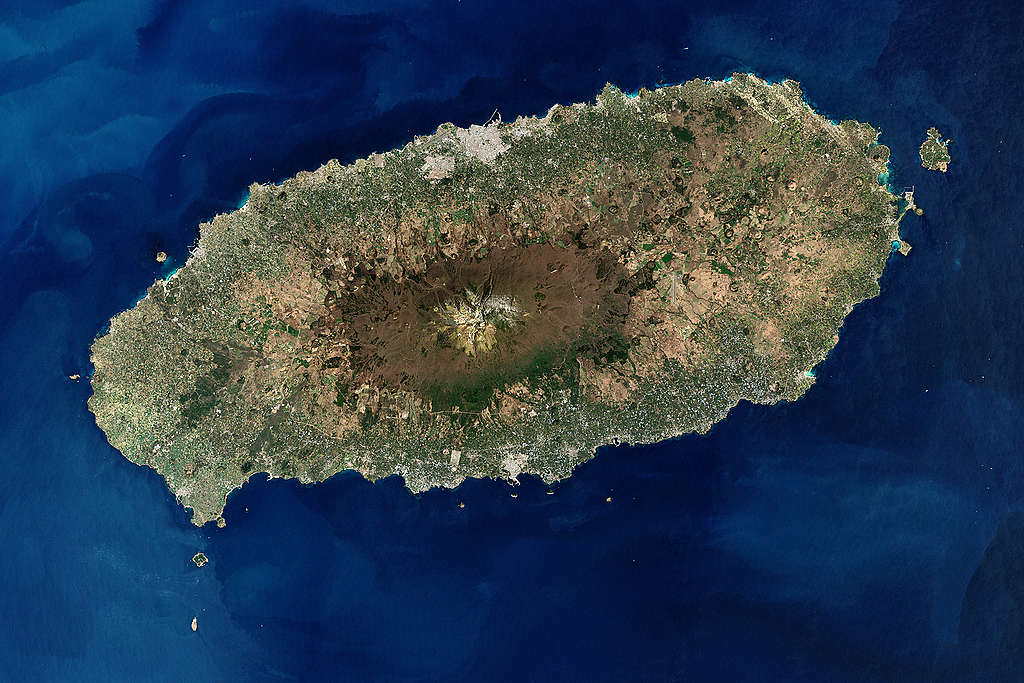
Taiwan
Taiwan, lit up like a lantern, glows firefly-like in this satellite image. Urban centres shine the brightest — here the major metropolises of Taipei, Taichung, Tainan and Kaohsiung along the northern and western perimeters. Greenpeace is campaigning hard to push for a massive uptick in renewable energy so those city lights will all be powered by 100% clean sources.
· Taoyuan
Captured from above, Taoyuan, in the northwest, is a rich green speckled by what look like giant boulders. They are in fact bodies of water — pools, ponds and reservoirs. Once numbering in the thousands, these artificial ponds were used for water storage and irrigation. Today, some of the remaining pools are tourist attractions, popular for nature walks. Without such places, there would be no escape for us from the pressures of city life.
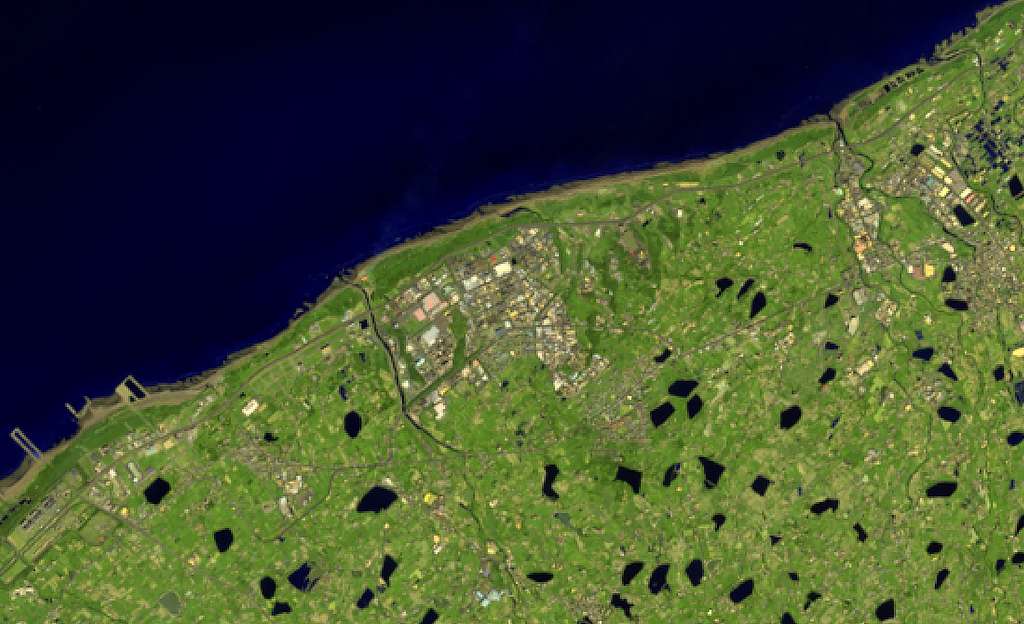
Hong Kong
· Lantau Island
The largest island in Hong Kong, often referred to as “the lungs of Hong Kong”, because of its abundance of indigenous forest and the relative scarcity of high-rise residential developments which characterize Hong Kong Island and Kowloon.
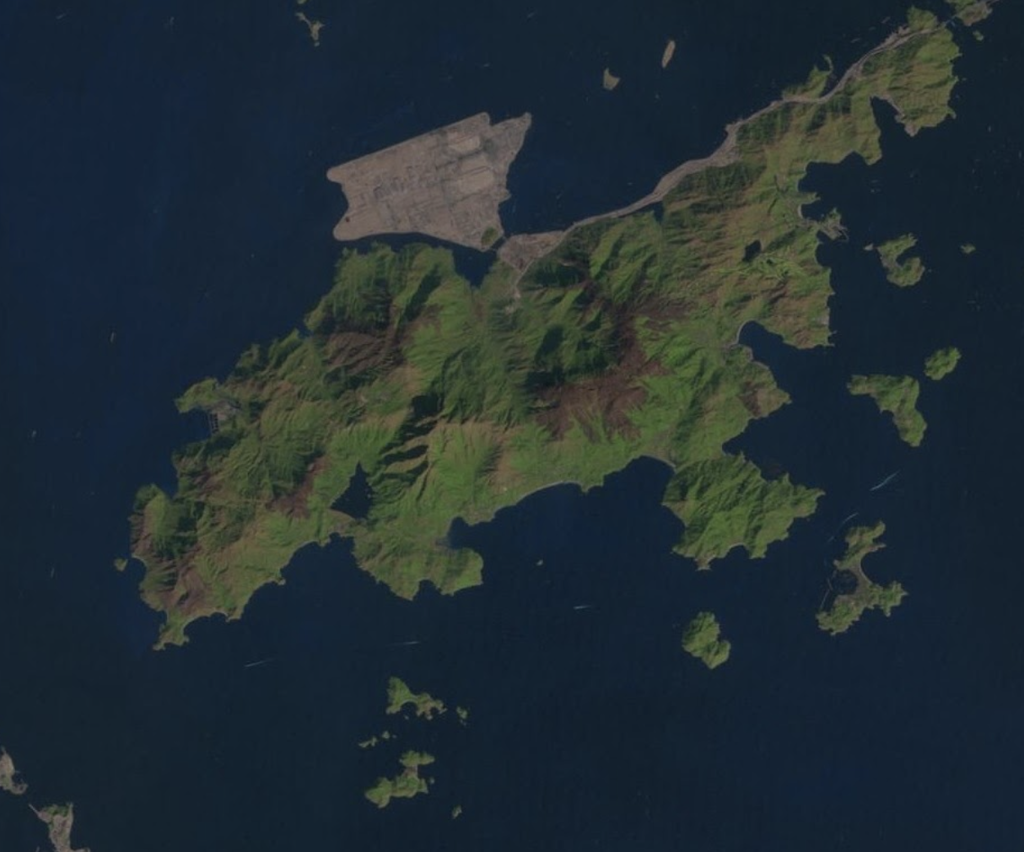
Reasons to believe in change
We hope the majesty of these images have given you a new perspective on the beauty of our planet. And new hope that we will adopt solutions to the threat posed by the climate crisis. Such beauty inspires us, and is inspiring leaders in the region to start protecting our planet in all its unique glory from the threats of pollution, whatever the source. The recent commitments to go carbon neutral in the next few decades by the big three — Korea, China and Japan — are the momentous first steps before making these pledges into real practice that will protect our planet.
These images inspired NASA to write: “In the vastness of the universe, the life-bringing beauty of our home planet shines bright.”
Why would we ever want the light to go out?

